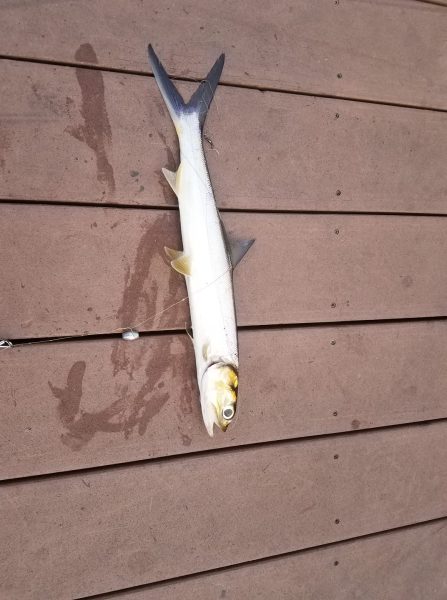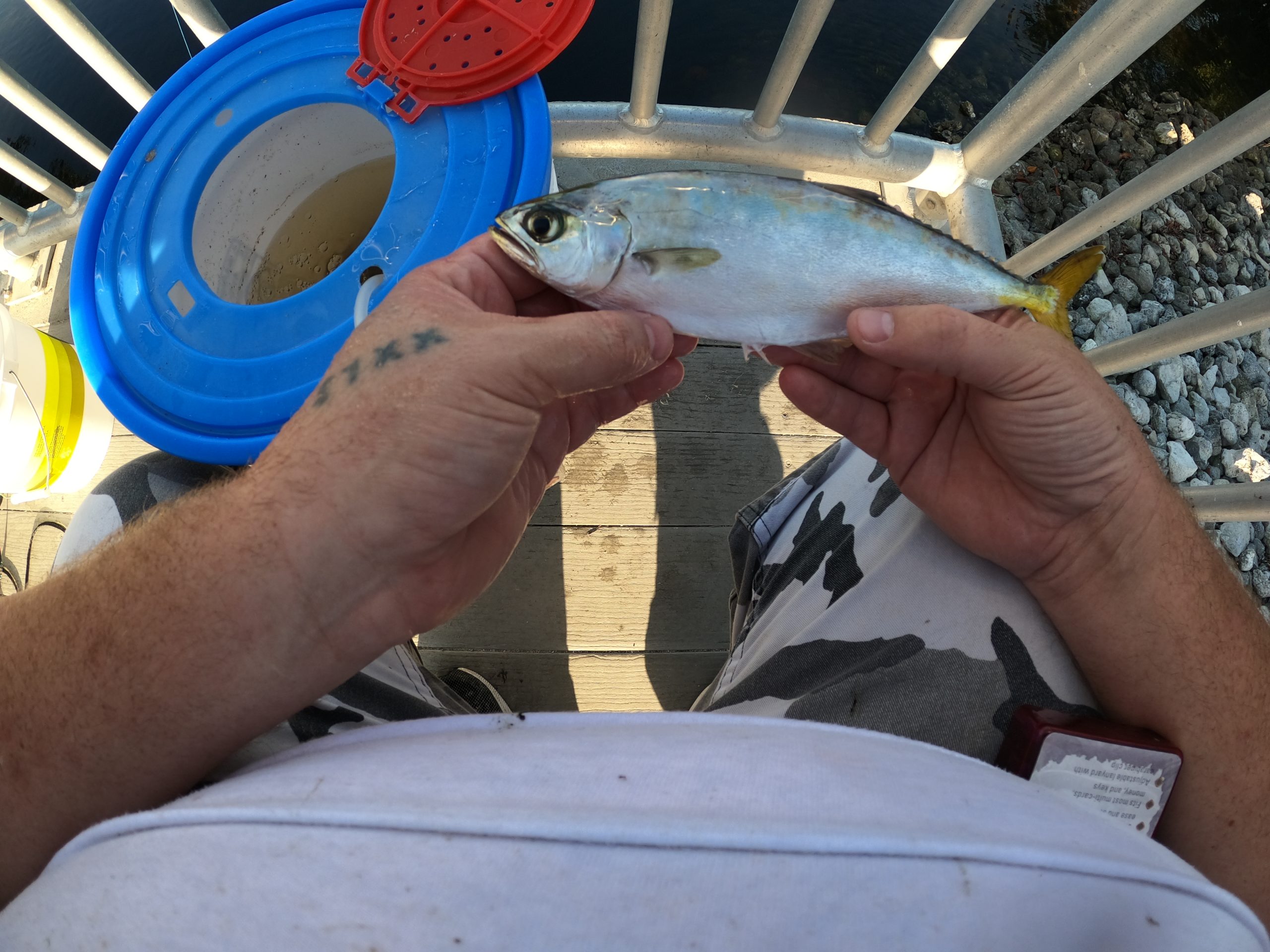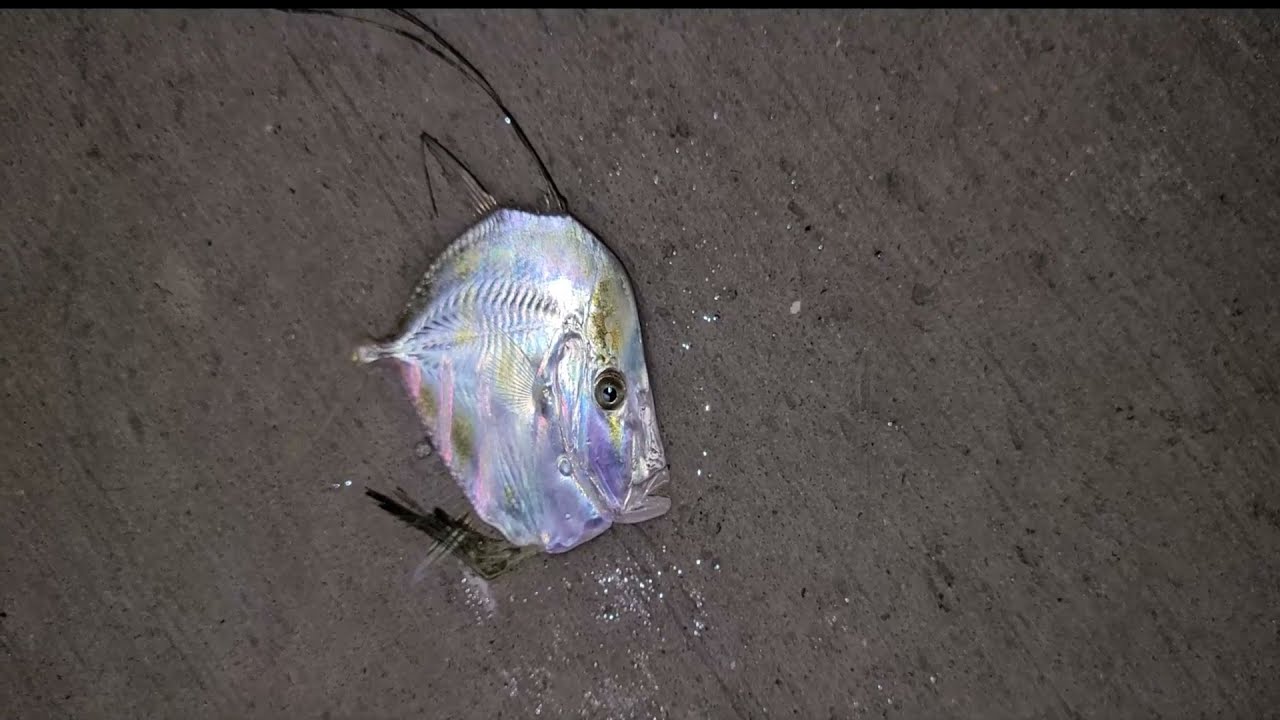Ladyfish Identification
Ladyfish, which are also referred to as Elops saurus, are a species that is well-liked by both recreational fishermen and people who are passionate about marine life. Ladyfish are frequently discovered in the warm coastal waters of the Atlantic and Gulf of Mexico. They are well-known for their acrobatic jumps and their lively mood. In this blog post, we will discuss the characteristics that are used to identify lady fish, as well as their habitat, behavior, and instructions on how to locate them most effectively.
Physical Characteristics
Ladyfish possess several distinctive features that set them apart from other fish species:
- Body Shape: Long and slender, with a sleek silhouette ideal for rapid swimming
- Size: The majority of ladyfish species reach lengths of 60-100 cm (24-39 inches), though some rare specimens can grow as long as 1 meter (3.3 feet).
- Color: The ventral side of an animal is usually a paler shade of white or silver, whereas the dorsal side is usually silvery-blue or greenish.
- Scales: Large, silvery scales cover the body, giving the fish a shimmering appearance in the water.
- Fins: a deeply forked tail fin for powerful propulsion, and a single dorsal fin positioned midway along the back.
- Eyes: Eyes that are particularly large are developed to facilitate hunting in both clear and murky waters.
How to Identify Ladyfish from Similar Species
Ladyfish can be confused with a few other species. Here’s how to distinguish them:
- Atlantic Mackerel: Mackerels differentiate themselves from lady fish by having stripes that are more prominent and a body shape that is distinct from that of ladyfish.
- Tarpon: Tarpons are much bulkier, with a larger head and a more pronounced bony structure. They also tend to be darker in color.
- Needlefish: In order to differentiate themselves from lady fish, needlefish have a significantly more slender body weight and a longer snout.
Best Practices for Spotting Ladyfish
To increase your chances of spotting ladyfish, follow these tips:
Look for Surface Activity: During feeding times, lady fish often leap out of the water, creating ripples.
Make Sure to Check the Shallow Waters: Your search should be concentrated in estuaries and shallow coastal areas, as these are the places where they are most frequently found.
Lady fish are more active in the early morning and late afternoon, making these the best times of day to spot them.
Share this content:





